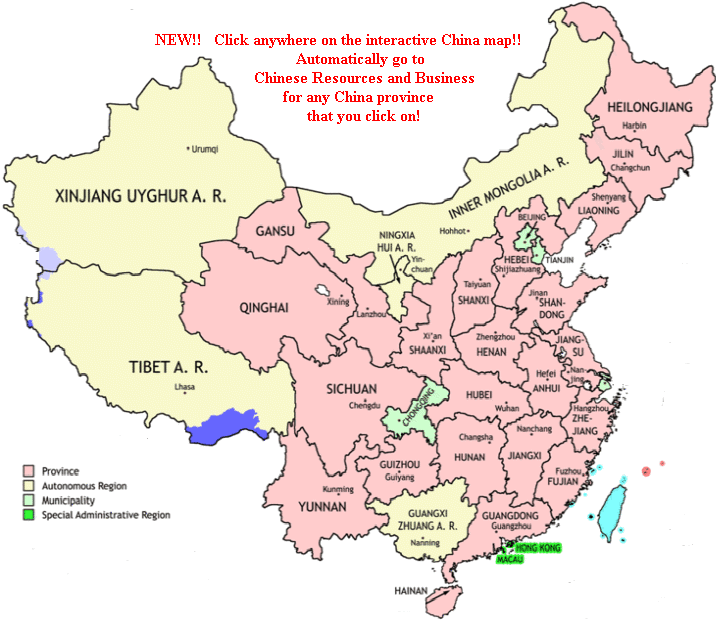|
Empress Dowager Cixi - Wikipedia
When Cixi returned from Xi'an, she backtracked and began to implement fiscal and institutional reforms aimed to turn China towards a constitutional monarchy. Upon Guangxu's death in November 1908, Cixi installed the two-year-old Puyi on the throne, but she herself died shortly after.
CIXI - VIGOZ, an active vehicle to pedal up to 120 km/h ...
VIGOZ An active vehicle to pedal up to 120 km/h comfortably, safely and intuitively . A vehicle for every lifestyle Healthy & active Pedal to drive | Ergonomically active Integrate seamlessly physical activity in your daily life with a unique driving experience. Commuting 160 km range | Crash safe Highway compatible – L5, still safe at high speed and within reach of big cities. Everyday ...
Cixi | Biography & Facts | Britannica
Cixi, consort of the Xianfeng emperor (reigned 1850–61), mother of the Tongzhi emperor (reigned 1861–75), adoptive mother of the Guangxu emperor (reigned 1875–1908), and a towering presence over the Chinese empire for almost half a century.
Cixi: The Woman Behind the Throne - Smithsonian Magazine
The image of Cixi as a cruel and greedy tyrant gained historical traction in 1910, when Backhouse and another British journalist, J.O.P. Bland, published the book China Under the Empress Dowager.
Empress Dowager Cixi: Her Life, Reign, and Mystery
Cixi stands out as infamous in Qing Dynasty history (ruling 1861–1908). Past the smoke and screens, she lived as a powerful ruler behind two of the last emperors, and had a hand in imperial court policy in the last several decades of the Qing Dynasty.
Cixi, the controversial empress dowager who modernized China
After Cixi seized power, the brilliant queen regent of China never let it go and guided her people into the 20th century. Born in 1835, the girl who would gain fame as the Empress Dowager Cixi...
Cixi (1835–1908) - Encyclopedia.com
Cixi, best known as China's empress-dowager or Old Buddha, was the de facto ruler of China for half a century during a tumultuous period of internal and external crises that demanded social and political changes to Qing (Ch'ing) China (1644–1911).
|


